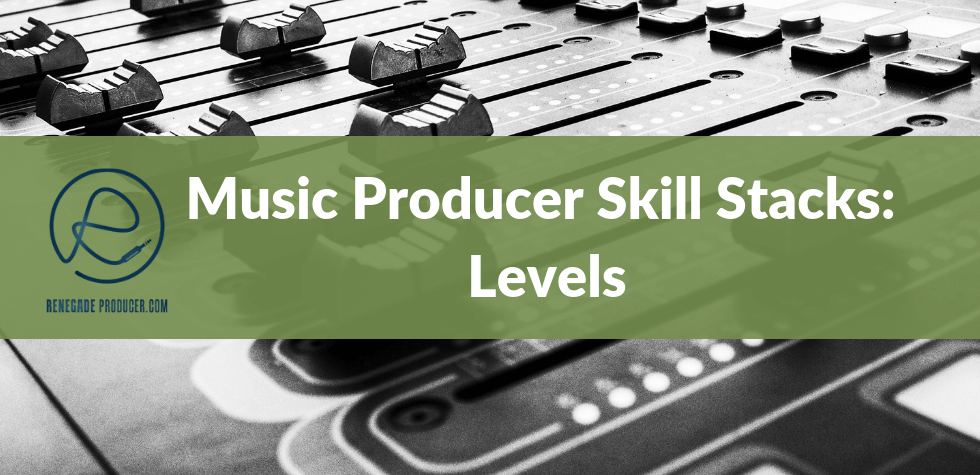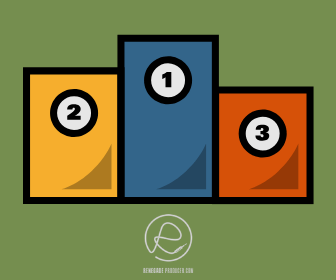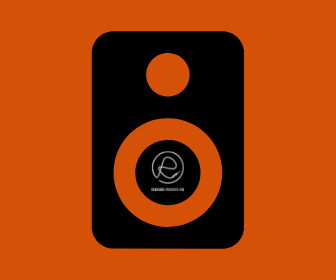25-step music production process checklist and video workshop >>>
How to Set Levels in a Mix: 3 Techniques + 1 Action Step to Take Straight Away
Don't overlook the humble fader or gain knob when you mix your tracks!

Mixing music is all about balance and balance is all about how you set levels.
Yes,
the level fader or gain pot rarely gets mentioned. Maybe it doesn’t
conjure up the dark music production voodoo of compression or cannot be
talked about endlessly like EQ. Don't however underestimate the power
of the fader!
Now, you probably know by now that levels aren’t just set at the fader stage of your DAW...
You can set levels, or structure your gain, at various stages in the signal flow. The main ones being at the source stage, the trim/input gain stage, the insert stage, in most plugins, at the sends stage, the fader stage, the subgroup and of course the master channel or stereo bus stage.
What Do We Want When We Set Levels in a Mix?
How you set levels in a mix affects the balance at every stage of the production process. When we balance we want to achieve several outcomes at the same time:
1. To achieve the emotional effect we want
This differs on each mix. There are no cookie-cutter levels you can apply to your tracks or to produce a great mix. That’s why those one-size-fits-all type recommended level charts aren’t useful. What works for one mix won't always work, even on a similar mix.
We achieve the emotional effect we want in the listener by making sure we have coherence between all the elements in the mix.
2. To get decent levels on the master bus
In most cases a final mix with a highest peak level between -4dBFS and -6dBFS is a decent range to aim for. This leaves some headroom for the mastering engineer to work with.
It’s good practice to leave
the master bus fader at unity gain (0dBFS) and then mix instruments into
it to achieve the final output level range mentioned above.
Sub-mixing into group channels can help control levels and dynamics before you hit the master bus. This is because you can add overall compression and EQ on your group channels before you route through to the master bus.
3. To ensure optimal signal flow through our entire chain
Healthy signal = healthy sound.
4. To have good dynamics
High levels on every track will in most cases not produce a quality mix. You want to strike an appropriate dynamic balance between louder and quieter material in your mix. Get a good loudness meter to check your dynamics.
Here’s a decent free plug-in for the job: Youlean Loudness Meter
5. Achieve the highest resolution in our master output
Mixing can be seen as a balancing act where every part has to be just right for the whole thing to work. One part out of place and the thing starts to fall apart. The only result that matters is what’s coming out of the stereo output and what’s being converted to the stereo audio file we call our final mix.
The optimal level at every point in the signal chain ensures you get the highest resolution at the outputs. Garbage in garbage out is a cliche for a reason! ;-)
So, now that we know why balance is so important for music producers, it’s time to take a look at 3 simple techniques that will make setting levels easier.
How to Set Levels in a Mix - Practical Techniques:
Below you'll find three different methods you can use to set levels when you do your initial rough mix...
1. Follow the Leader:

Start your mix with the main instrument. This may be the vocal in a pop track or your kick and bass in a club track. It’s usually the instrument that needs to grab and hold the listener’s attention and lead it through the track. Set these levels first and then fit the rest of your instruments in around them to achieve your intended final result.
At which level do you set your main element or instrument? This depends on the genre and to a degree your own taste as a producer.
For example, let’s say you’re doing a dance track and decide the kick is the place to start. A good place to set your kick level is -10dBFS to -6dBFS.
The exact level doesn’t really matter if you understand the logic of the technique. The idea here is to give enough headroom and kinda ballpark the initial level of your main instrument just below where you want your final full mix level to end up.
So, if you use the kick example, you may start with your kick at -6dBFS. Then, as you introduce your bass, synths, drums and other instruments you add more energy (level) into the mix. This pushes up your mix up by say 3dBFS and you end up at -3dBFS on your final mix level. Happy you, happy mastering guy, happy listeners!
So, this means that if you have a lot of instruments in a full mix then it may be a good idea to start with your main instrument lower at -10dBFS. If it’s a sparse techno style track then you could probably start at a higher level.
When in doubt always err on the side of more headroom when you set levels in a mix!
2. Mix in Mono:

Set your mix to mono. Switch off one monitor. Then, set your balances. Any problems with panning will be audible in mono.
You may need to adjust your panning slightly to compensate for sounds that fall away or get too loud in mono. Now, switch back to stereo and have a listen.
The thinking with this technique is that if you can make it sound good in mono it’ll sound great in stereo, and that it’s easier to balance levels and spot phase issues that affect levels in mono.
So, switch to mono, use a single speaker and do a quick mix. It may take a bit of getting used to but once you get into this technique you could speed up the process when you set levels.
EQ and panning can also be done in mono.
3. Mix through pink noise:
Generate pink noise at a suitable level. This level should be around where you want your main element to sit in the mix. Bring down all your mixer's faders apart from the master. Mute all your channels. Now, add every track or instrument one by one.
Solo the track you're working on, push up the track fader until you just start to hear the instrument.
Now,
mute the track and repeat with the next track until you've set all
tracks.
Switch off the pink noise. Have a listen. Rough mix done, ready to be tweaked!
This technique is a great way of getting a basic mix going in a methodical way and have a relative starting-point balance in next to no time.
Read this post over on Sound-on-Sound to learn more about this technique.
Take Massive Action for the Win!
Head on over to this site provided by Mike Senior, author of the great "Mixing Secrets for the Small Studio":
http://www.cambridge-mt.com/ms-mtk.htm
Download a few multi-tracks and set one up in your DAW.
Now, just do a rough mix. Just quick pan and balance only. Then, try the 3 balance techniques above.
Next, repeat this with a few more mixes. Try keep to 12-20 minutes max for each rough mix. Faster if you can.
So, now you know how to set levels in a mix much faster.
The rest is just a case of practice and patience!
Need More Skills for Your Producer Skill-Stack?


Learn to understand equalisers and frequencies to supercharge your mixing skills and get results, fast...

New producer? Learn everything you need to produce your first professional track right now...

Would you like to discover the simplest and easiest way to learn music theory as a music producer?
Share this post. Spread the knowledge so other producers can benefit too:
- Renegade Producer
- Producer Skills
- Setting Levels in a Mix
ⓘ Some pages contain affiliate links so I might earn a commission when you buy through my links. Thanks for your support! Learn more

